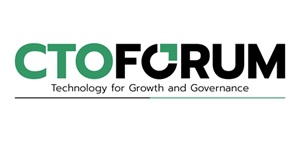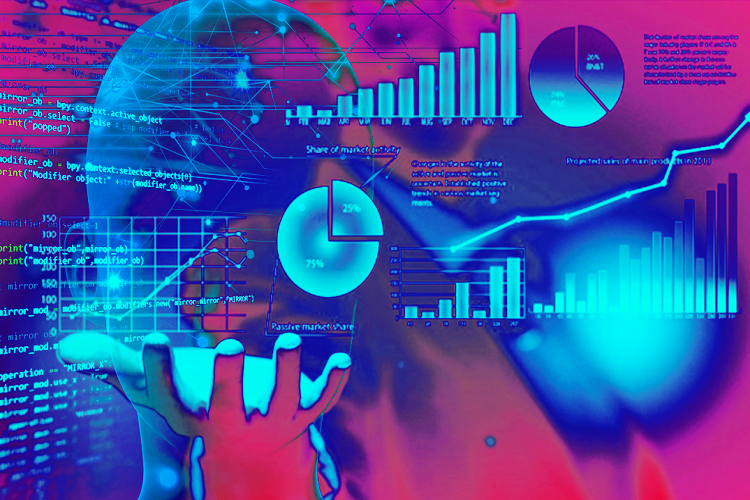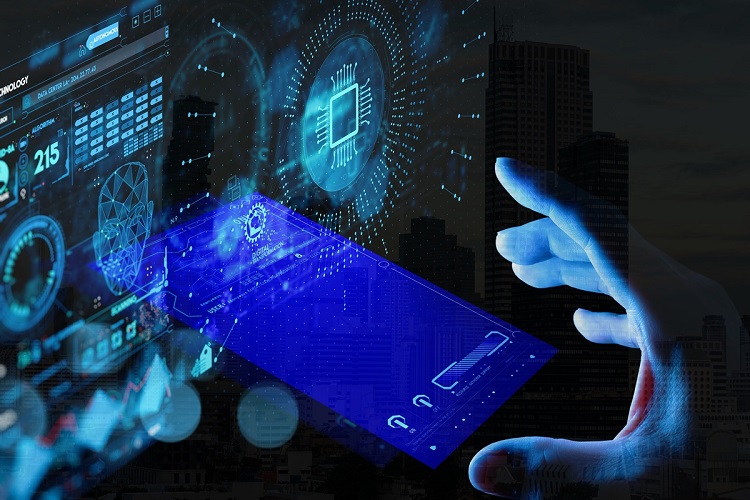Shruti Ranjan Satapathy, Chief Technology Officer, Porter
Porter was born out of the need to fill gaps in the logistics market and create an integrated services platform that could connect end consumers with driver-partners. Based out of Bengaluru, the app and web-based intra-city logistics solution provider took inspiration from Uber when it started its journey in 2014. Porter leverages proprietary technology platforms to remove the physical barriers that impede and delay the delivery process, resulting in lower fulfillment and engagement for the customers and driver-partners.
In a recent interaction with Jatinder Singh, Associate Editor, Enterprise Tech, 9.9 Group, Shruti Ranjan Satapathy, Chief Technology Officer of Porter, shares details of how technology has played a significant role in the inception and functioning of Porter as an end-to-end logistics solution and the kind of innovations that the company is working upon. Excerpts.
How are you harnessing data and analytics to shape your business?
The technology that Porter wields eases barriers to enable effective communication between consumers and driver-partners with a seamless interface to facilitate the relocation of the goods. By digitizing the act of locating an on-demand logistics support and providing other logistics services, transactions such as payments have also been made easy for both parties. The application has dramatically helped reduce the friction caused while making payments by facilitating cashless and seamless transactions.
Given the number of untapped opportunities in the logistics market, it becomes essential to understand the industry dynamics and thoroughly identify possible demand hotspots. This is where data analytics comes into play. It helps us make informed decisions by sharing insights, like new patterns, market trends, and client preferences.
The identified hotspots can be addressed via supply incentivization or increased supply onboarding, depending on the existing challenges in the market.
Another important facet of data analytics is that it helps filter promising user leads from a broad base of leads for both supply and demand. At our current scale, it becomes difficult to establish attention and authenticate all leads that come into the system. By leveraging prior lead performance data, we can prune and filter the information that looks the most promising to convert into consumers or driver-partners on our platform.
How do you ensure the security of your diverse user data and build more trust in your platform?
The biggest USP of our platform is the seamless discoverability of demand and supply. With this, we break physical barriers and ensure higher fulfillment for our consumers and more significant opportunities for our driver-partners.
The safeguarding of user data is of great importance for our company. Considering today’s day and age, we are determined to ensure and guarantee the safety of all data that comes through the platform. To implement this requirement, we have established rigorous access control protocols on the data we gain access to and cast network safety nets to restrict sensitive user data from databases and services.
How are you scaling your IT infrastructure to remain ahead of the growth curve in today’s hybrid workplace model?
Digitization has taken over the Indian economy and most of our systems. We are keeping in mind that our business hinges on the digital transformation of services such as logistics. It is sensible that we actively evolve our processes and procedures with digitalization at its forefront.
We are consciously investing in cloud and data infrastructure solutions and other platform solutions like payments and ticketing to help support various branches of our business verticals.
To enable a seamless hybrid workplace for our employees, we have shifted from passive digital communication channels like emails to active digital communication channels like ‘Slack,’ which allow employees to connect in real-time and reduce gaps in communication that might manifest due to the nature of the remote-working model.
Where do you see the most disruption and transformation in your sector?
The two biggest technology trends in the industry worth pointing out would be the rise in the adoption of electric vehicles and increasing payment digitization.
Electric vehicles adoption will only be gaining more traction in the coming few years. The possibility of the increased penetration of electric vehicles into the LCVs (light commercial vehicles) and two-wheelers segment will be supporting a sustainable system in the goods transport space, thereby significantly reducing supply costs and carbon footprint.
Also, looking at the tremendous success of UPI, payment digitization is likely to witness a massive uptick in adoption, which will significantly reduce friction in transactions, thus allowing for seamless money flow, both for small-ticket big-ticket transactions.
Our immediate future tech implementation plan is to increase our infrastructure investments and other platform solutions consciously. For investment in infrastructure, our efforts will enhance our cloud infrastructure solutions to help run our applications at high availability and low latency. In addition to that, we are developing deeper data infrastructure solutions to solve problems like aggregating massive amounts of data from different applications and warehousing them for better business intelligence.



